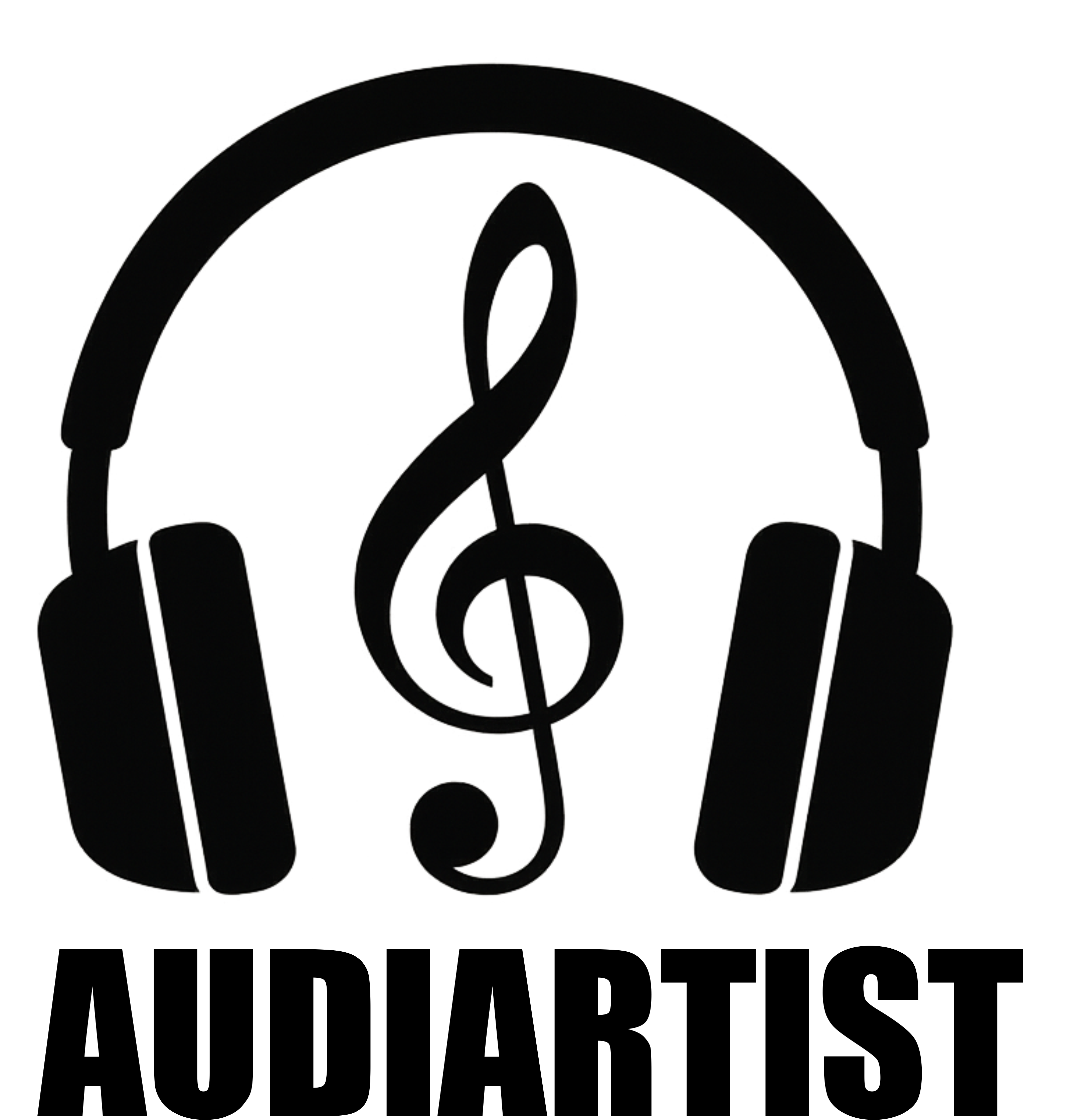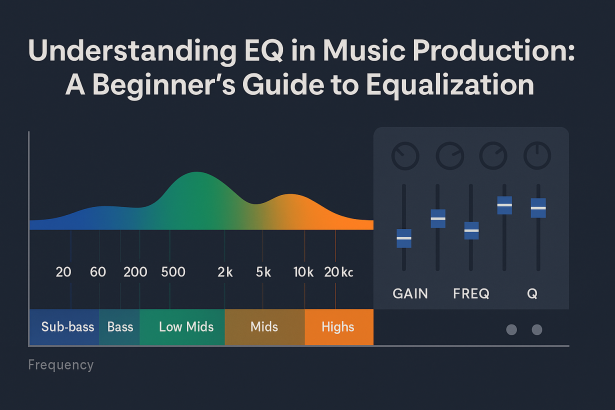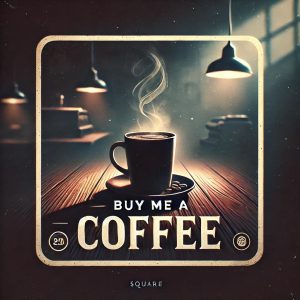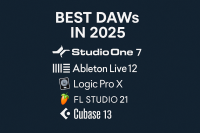Tu vas l’avoir, SBQ. Voici ton article en anglais, optimisé SEO, sur l’égalisation (EQ) pour débutants en MAO, avec une structure claire, un ton pédagogique et du contenu utile :
Understanding EQ in Music Production: A Beginner’s Guide to Equalization
🎚️ Introduction
In music production, EQ (equalization) is like sculpting sound with a chisel. It allows you to enhance, clean, or shape frequencies to make each element in your mix shine without clashing with others. Whether you’re mixing vocals, synths, drums, or a full beat, understanding EQ is a fundamental step in achieving clarity and balance. Let’s break it down for beginners in MAO.
🎧 What Is EQ and Why Is It Important?
EQ lets you adjust the volume of specific frequency ranges in an audio signal.
You can boost what’s missing, cut what’s harsh, and carve out space for every instrument.
Why it matters:
- It removes unwanted frequencies (mud, hiss, rumble).
- It helps sounds fit better together in the mix.
- It highlights key elements (like vocals or kick).
- It makes your track sound more professional and polished.
🧠 Understanding the Frequency Spectrum
Here’s a simple breakdown of frequency zones and what they typically affect:
| Frequency Range | Common Use Case |
|---|---|
| 20–60 Hz | Sub-bass (feeling more than hearing) |
| 60–200 Hz | Bass body, kick thump |
| 200–500 Hz | Warmth, low mids, muddiness |
| 500 Hz–2 kHz | Presence, boxiness, snare, guitars |
| 2–5 kHz | Clarity, attack, vocal presence |
| 5–10 kHz | Air, brightness, sibilance |
| 10–20 kHz | Sparkle, shimmer, breathiness |
🎯 The goal is not to boost everything—but to carve space for each element.
🛠️ Key EQ Techniques for Beginners
1. Subtractive EQ
Instead of boosting, start by cutting unwanted frequencies. This creates space and avoids muddy mixes.
Example: Cut 200–400 Hz on guitars to reduce muddiness and give room to the vocals.
2. High-Pass Filtering (HPF)
Remove low-end rumble from non-bass sounds (like vocals or hi-hats) using a high-pass filter.
Example: HPF vocals at 80–100 Hz to clean up the mix.
3. Additive EQ (with care)
Use moderate boosts to bring forward character frequencies. Overboosting can cause harshness.
Example: A gentle boost at 5–6 kHz adds clarity to vocals.
4. EQ in Context
Always EQ with all tracks playing. Solo EQing often leads to poor mix decisions.
Mixing is about how each sound fits—not how it sounds alone.
🎛️ Recommended EQ Plugins (Free & Paid)
🆓 Free EQ Plugins
- TDR Nova – Dynamic EQ for surgical control
👉 Download here - MEqualizer by MeldaProduction – 6-band EQ with spectrum analyzer
👉 Get it here - ReaEQ (from ReaPlugs) – Minimal and highly efficient
👉 Grab ReaPlugs here
💰 Paid EQ Plugins
- FabFilter Pro-Q 3 – Industry-standard with dynamic EQ, spectrum grabbing
👉 Visit FabFilter - Slate Infinity EQ – Fast, fluid EQing for pros
👉 Check Slate Digital - Waves Q10 / F6 – Classic and dynamic EQs at great value
👉 Explore Waves EQs
🧩 Conclusion
EQ isn’t just about tweaking—it’s about listening with intent. Start simple: cut what’s bad, enhance what’s good, and leave space where needed. Once EQ becomes second nature, your mixes will sound cleaner, clearer, and more professional. Combine EQ with compression and reverb, and you’re on the path to mix mastery.
📌 Try experimenting with a free plugin like TDR Nova, and apply EQ in small steps. Your ears will thank you.
![]()














